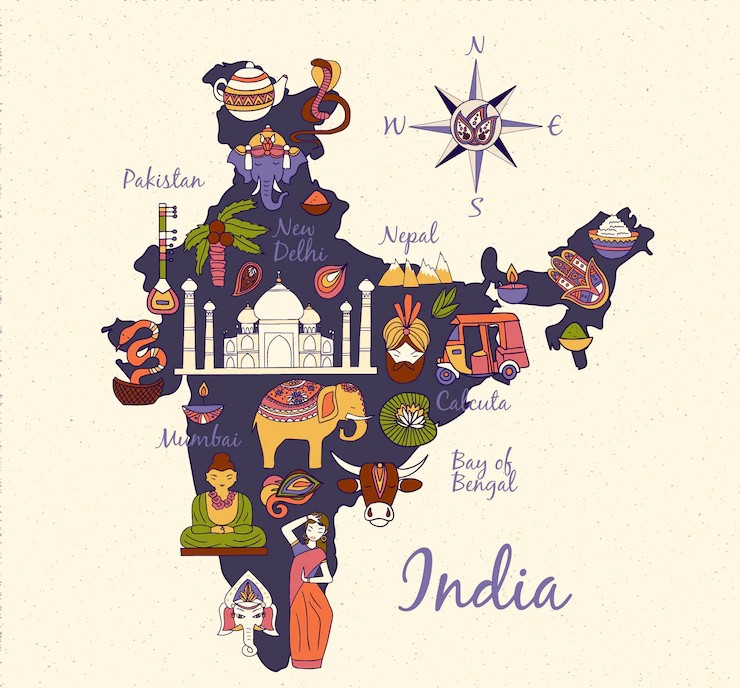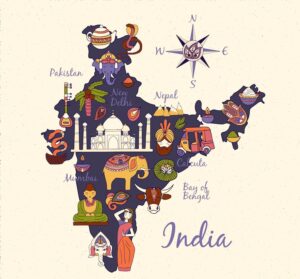India is a country with a rich cultural
heritage that stretches back thousands of years. From ancient civilizations to
the present day, India has been shaped by a diverse array of influences,
including religion, art, literature, and architecture.
One of the most prominent aspects of Indian
culture is the country’s religious diversity. Hinduism, Buddhism, Jainism, and
Sikhism all originated in India, and these religions continue to be practiced
by millions of people today. In addition, India is home to a large Muslim
population, as well as smaller communities of Christians, Jews, and Parsis.
Another important aspect of Indian culture
is the country’s art and architecture. From the intricate carvings of the
Khajuraho temples to the stunning Mughal palaces and gardens, India is home to
a wide variety of architectural styles that reflect the country’s rich cultural
heritage. Indian art, too, is renowned for its diversity, with everything from
traditional miniature paintings and sculptures to modern, contemporary art.
India is also known for its rich literary
tradition. The ancient Sanskrit epics, the Ramayana and the Mahabharata, are
considered to be some of the greatest literary works in the world. In addition,
India has produced a number of famous poets and novelists, including
Rabindranath Tagore, who was the first non-European to win the Nobel Prize in
Literature.
India’s cuisine is also an important part
of its culture. From the spicy dishes of the south to the rich, creamy curries
of the north, Indian food is known for its complexity and diversity. Spices
such as turmeric, cumin, and ginger are commonly used, and vegetarianism is
widely practiced.
India’s culture is not only limited to
these examples, it also encompasses dance, music, festivals, and fairs. The
traditional dance forms of India such as Bharatanatyam, Kathak, and Kathakali
are an expression of India’s rich cultural heritage. Indian music, too, is
diverse, with everything from classical Indian music to Bollywood-style film
songs.
India is also known for its many colorful
festivals and fairs. Some of the most famous include Diwali, the festival of
lights; Holi, the festival of colors; and Navaratri, the festival of nine
nights. These festivals not only reflect the country’s religious and cultural
diversity but also bring people together to celebrate.
Conclusion
India’s cultural heritage is rich and
varied, reflecting the country’s diverse history and influences. From ancient
religious and architectural monuments to contemporary art and literature,
India’s culture is a reflection of the country’s vibrant and dynamic society.
The cultural heritage of India is an integral part of the country’s identity,
and it continues to shape and inspire the nation today.






